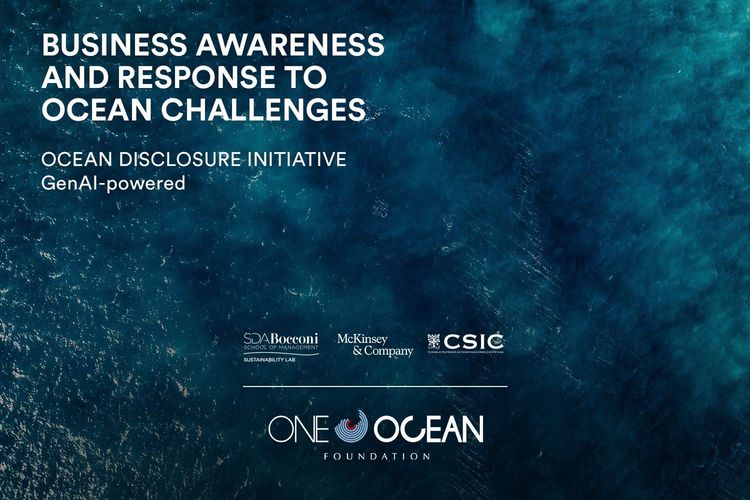
The study published today in the prestigious journal Chemosphere analyzed zooplankton samples collected from 46 locations along the Adriatic and part of the Ionian Sea, ranging from Taranto to Venice and then along the entire eastern coast to Corfu, with the goal of assessing the contamination status of this basin. The results highlight the presence of various pollutants, including some that have been banned since the 1970s, such as PCBs and DDT, as well as heavy metals like arsenic, cadmium, and mercury, known for their toxicity and capacity to accumulate in marine organisms.
The study, coordinated by Ginevra Boldrocchi, project scientific coordinator at One Ocean Foundation and a researcher at the University of Insubria, was conducted as part of the M.A.R.E. project ("Marine Adventure for Research and Education"), an initiative by the Centro Velico Caprera Foundation in collaboration with One Ocean Foundation, now in its fourth edition.
Following previous analyses in the Tyrrhenian Sea published last year, the new data represent the second phase of a multi-year project aimed at providing the first comprehensive study on the contamination status of the Mediterranean Sea.
The Adriatic: A Fragile Ecosystem Under Pressure
The Mediterranean, though representing less than 1% of global marine waters, is home to around 10% of the world’s biodiversity. However, its semi-enclosed nature and intense human pressure make it particularly vulnerable to the accumulation of pollutants.
“In the Mediterranean, studies investigating this issue using zooplankton as a bioindicator are rare, outdated, and often limited to a few contaminants,” says Ginevra Boldrocchi, study coordinator. “With the Centro Velico Caprera Foundation, we aim to provide a comprehensive and updated picture of the health status of our sea.”
The results of the newly published study come specifically from the analysis of zooplankton samples—globally used as an early contamination indicator and critical in transferring pollutants along the food chain—from 46 locations in the Adriatic, a particularly vulnerable basin due to its semi-enclosed shape, hydrogeographical characteristics, and substantial riverine inputs that carry contaminants and waste into the sea.
Organic Pollutants: Declining PCBs and DDT, But Still Present
The study revealed the presence of persistent organic pollutants (POPs) such as PCBs and DDT. Although the levels of these pollutants have generally declined since the 1980s, areas like the Gulf of Venice (where the Po River continues to be a significant source of pollution), the Gulf of Drin in Albania, and the regions of Šibenik and Split in Croatia remain causes for concern. The presence of DDT was found to be low across the basin, but it remains crucial to keep attention focused on these pollutants.
Heavy Metals: Concerns in Northern and Southern Adriatic
The analysis of heavy metals revealed elevated concentrations of trace elements such as lead, cobalt, nickel, and chromium, particularly in the Gulf of Venice and the waters around the Tremiti Islands and Corfu. While mercury levels are low throughout the Adriatic, comparable to those found in pristine regions like Antarctica and the Arctic, copper, on the other hand, showed exceptionally high values, among the highest ever recorded globally. This phenomenon appears to be linked to both natural sources, such as the deposition of Saharan dust, and anthropogenic sources, such as antifouling paints used in maritime settings and industrial and agricultural use of copper.
Towards a Comprehensive Monitoring of the Mediterranean
“For a long time, the marine environment was deliberately used as a dumping ground for our waste, but this study shows how the situation is improving,” explains Ginevra Boldrocchi. “If we compare our data with the rest of the world, we see that DDT levels are among the lowest, while for PCBs and metals, we are at intermediate levels.”
Awaiting the results of the 2024 expedition in the northwestern Mediterranean, touching France and Spain, the M.A.R.E. project will continue in 2025 along the coasts of Greece, Cyprus, and Turkey. This systematic approach is the first initiative to provide a large-scale and detailed overview of the contamination status of the Mediterranean Sea, a critical contribution to safeguarding this delicate ecosystem.


